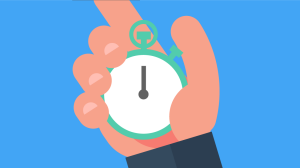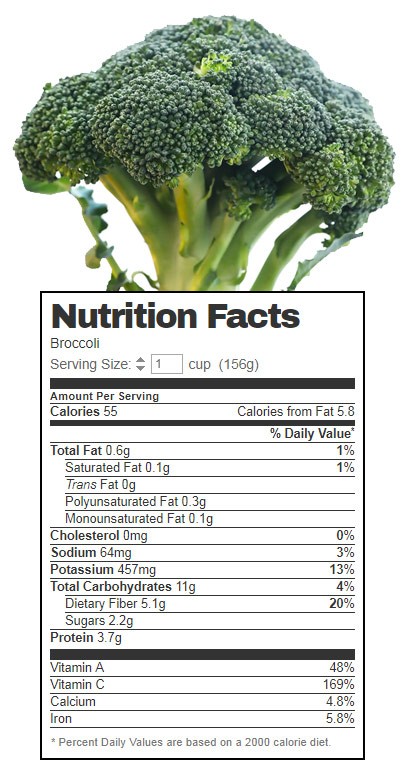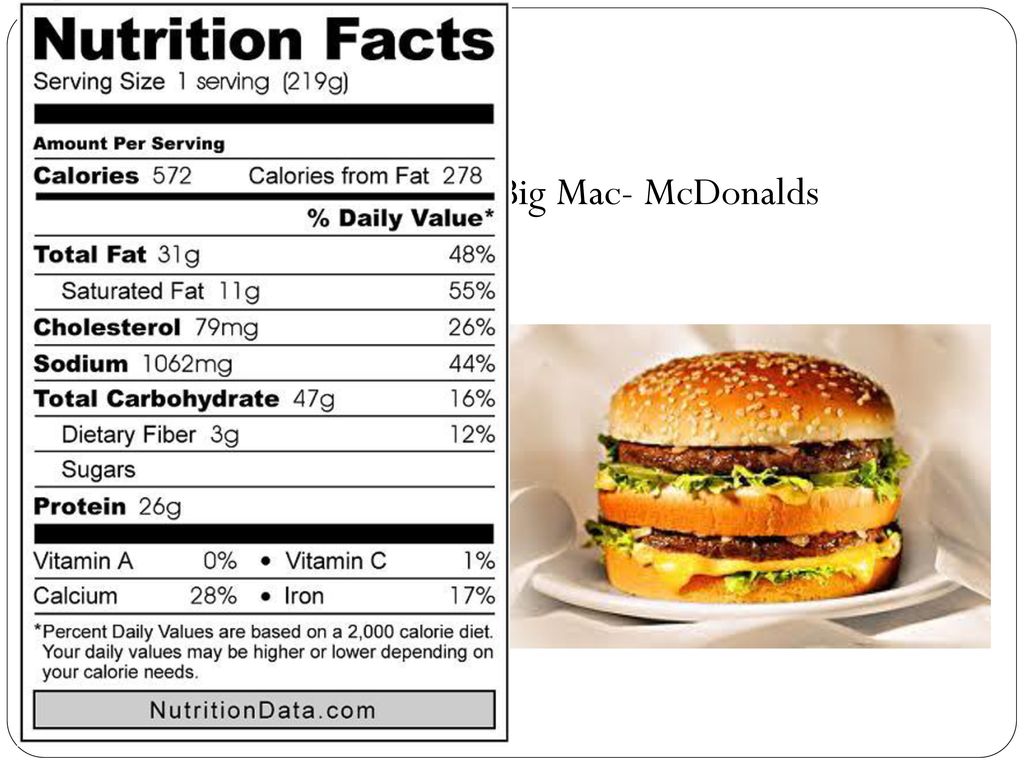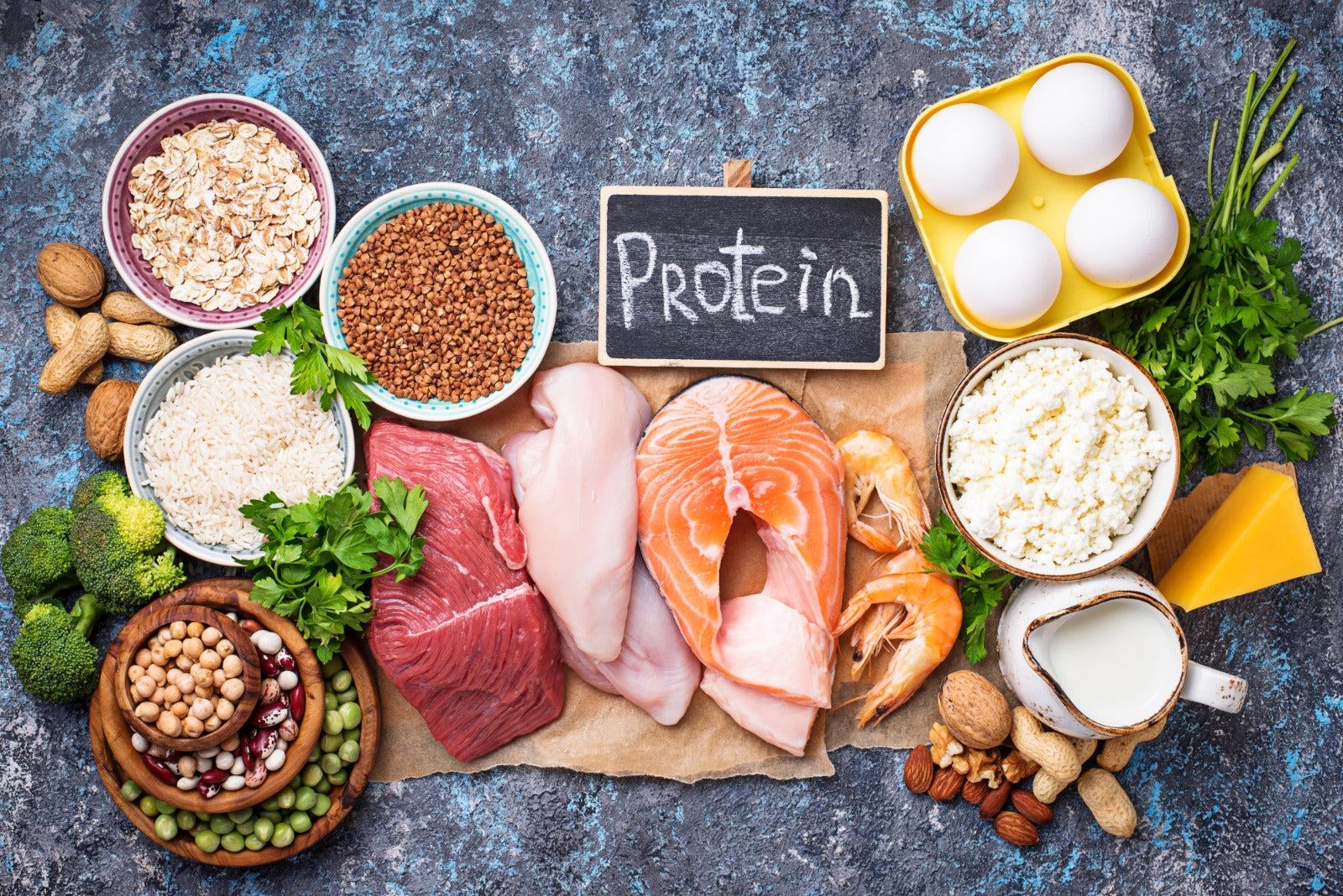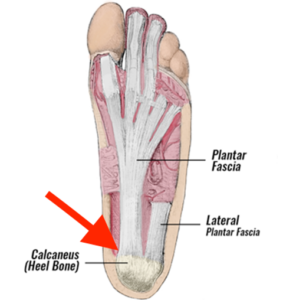Image source: Heathkart.com
When I first qualified as a Personal Trainer I was so keen to help people with weight-loss and had all these tools I was raring to use, yet I was faced with a major challenge: compliance. It’s the whole “you can lead a horse to water” scenario. And with hindsight I can see the error in my own ways. I was really athletic following a strict diet, training all the time and not stepping into the shoes enough of my clients. Too much information
1) Create a Sustainable Calorie Deficit
Chances are this isn’t the first time you’ve heard this, whether you’ve been told in these words or in other way such as the classic:
“just eat less”
There’s nothing worse than just being told this like you’re some kind of spanner. This throwaway comment is about as useful as
“a chocolate teapot”
as I heard a lady once say, what of my all time favourite quotes now!
So let me reformulate this in a more palatable and practical way:
Make a small change and sustain it
“The good plan you follow is better than the perfect plan you quit”
If you set yourself a mammoth task of a huge calorie deficit and nuking all the foods you love an enjoy, you may hold out for a while but it’s likely you’ve set yourself up for failure here. If you make a small change and maintain it you’ll feel good about yourself. You are already starting off with a win. Then if needed make another small change. I’m talking as small as one slice of toast instead of two, it could be as small as that! The advantage with this strategy is that you can always add incremental changes and it’s much more likely to build consistency and a sustainable calorie deficit. How many people do you know have suddenly starved themselves and then give up after a week.
I’d highly recommend listening to the podcast episode I recorded with Ben Steele-Turner HERE where he gives some great practical tips on weight-loss strategies. I’ll summarise some of them for you now.
1) Craving Buffers
Whenever you feel like having a takeaway or emotionally eating or binging on chocolate (whatever your
Set a timer for 15mins – Have a big glass of squash or low calorie drink and then ask yourself again if you really want the: takeaway, chocolate, ice cream.
2) Nutrient Dense vs Calorie Dense Game
Ever heard the term “empty calories” ? It’s referring to the fact that the pizzas, donuts etc are very calorie dense / high in calories but that those calories don’t contain many nutrients. They often do not promote satiety and if anything are are geared to increase your appetite. But before you go chaining yourself to the wall like a dam werewolf when the carb cravings start, consider this game Ben suggests:
Challenge yourself to come up with a list 20 foods that are more nutrient dense and less calorie dense.
One you have your list the next challenge is to tick the boxes across the week. Between 8am – 1pm you have to tick one of the boxes. Between 1pm – 8pm you have to tick another (you can’t tick the same box twice). Throughout the whole week you want to tick at least 10 of the boxes. A cup of blueberries on Monday morning, half an avocado Monday afternoon etc.
You don’t necessarily need to count every calorie (especially if you have a history of disordered eating like me). But it might help to frame it as “make every calorie count”
2) Protein Intake
One of the first podcast episodes I ever recorded was with the legendary Jordan Syatt and he said to me that if you were only to focus on two things with diet it would be “calories” and “protein”. But what’s the big deal with protein? Let me explain, it begins with “building the furnace”
Build the Furnace – Resting Metabolic Rate (RMR)
RMR also referred to as BMR (resting or basal metabolic rate) is the energy your body needs to maintain basic bodily functions while at rest. It accounts for the majority of your daily energy expenditure. In same way it costs money to “keep the lights on” your body is no different. It costs calories to run your body’s essential functions, even when you’re sleeping or sitting, your body needs energy to keep your heart beating, circulating blood, maintain your body temperature and maintain your muscle mass. Muscles are expensive to run! They gobble up a lot of calories at rest. And what’s the one macronutrient that helps build and preserve muscle mass I hear you ask? PROTEIN.
Protein also ranks highest on the satiety index (a ranking of how full a food will make you relative to the amount of calories it has). What makes you more full for less calories. Given that cravings creeping in is a massive issue when it comes to fat loss, it’s a no brainer to leverage this info.
Protein also has the highest Thermic Effect of Food (TEF). In other words it takes a lot of energy to digest and dispose of protein relative to other macronutrients. For your body to process protein, it will burn more calories!
3) Strength Training
If protein the is main food that helps support muscles, strength training is the main form of exercise the builds and preserves them. I put strength training here as opposed to weight-lifting because you don’t necessarily need to go to the gym and deadlift. It could be your body weight that is the resistance during a squat or a single leg squat etc.
“Strength Training Signals Your Body to Build / Preserve Muscle Mass
“Muscle Mass Keeps your Metabolism High”
Strength training is a massive topic that I won’t go into detail now, but I’ll just say that we often just see muscles through the lens of aesthetics. Skeletal muscle is an organ of the body. Sarcopenia is a percentage loss of muscle mass as we get older. In my opinion everybody should be doing some form of strength training 3-4 x per week. I’m talking about for aesthetic purposes, for longevity for quality of life. Here’s a great bitesize episode from Dr. Chatterjee’s podcast about the effects of strength training HERE
Q. What is NEAT?
A. The energy your body burns throughout the day when you’re not specifically exercising.
Your body requires energy to perform these functions, and this energy is derived from the food you eat. When you eat, your body breaks down the food into smaller molecules, and these molecules are used as fuel to power your body’s activities. This process is called metabolism.
NERD is a part of your overall metabolic rate, which is the total amount of energy your body uses. Your metabolic rate consists of three main components: basal metabolic rate (BMR), physical activity, and the thermic effect of food.
NERD specifically refers to the energy expended by your body in activities that are not exercise-related or related to physical activity. These activities can include things like fidgeting, maintaining posture, and even thinking. NERD can vary among individuals based on factors such as genetics, age, body composition, and hormonal factors.
While NERD may not burn as many calories as exercise, it still contributes to your overall energy expenditure. Increasing NERD can have a modest impact on weight management, as it adds to the total calories burned by your body throughout the day.
In summary, non-exercise related thermogenesis (NERD) is the energy your body uses for basic bodily functions and activities that are not exercise-related. It is part of your overall metabolic rate and contributes to the total calories burned by your body each day.
4) Sleep
You might read this and think “how is sleeping going to help me with fat loss?” or you might see this and be cheering at the thought of napping your way to a six pack! Some of the reasons sleep is integral to fat loss are as follows:
- Regulating hormones: Sleep loss will unbalance a host of hormones involved in appetite regulation such as ghrelin and leptin. Ghrelin stimulates hunger, while leptin signals satiety. Lack of sleep can increase ghrelin levels and decrease leptin levels, leading to increased appetite and cravings for high-calorie foods. Sleep deprivation has also been linked to insulin resistance and alter cortisol levels which can disrupt blood sugar levels and promote fat storage.
- Limits emotional eating: Lack of sleep can contribute to increased stress levels, which can lead to emotional eating as a coping mechanism. When you’re tired, your body seeks energy and comfort, often resulting in cravings for unhealthy, high-calorie foods. Emotional eating can hinder fat loss efforts and contribute to weight gain.
- Helps maintain muscle: Adequate sleep is essential for muscle recovery and growth. During sleep, your body repairs and rebuilds muscle tissues that may have been broken down during exercise or daily activities. Preserving muscle mass is important for fat loss because muscle is metabolically active and burns more calories than fat even at rest. By promoting muscle recovery, sleep indirectly supports fat loss by maintaining a higher metabolic rate.
5) Cardio
You might be wondering why cardio is so high up the pyramid? Surely cardio is the key to losing weight? To come back to nutrition for a second, have you ever heard the quote “you can’t out train a poor diet” ? I actually think there’s a lot of truth to that.
These are estimates of calories burnt during for a 70kg person participating in a 1-hour session:
- Aerobics (low impact): Approximately 240-350 calories.
- Aerobics (high impact): Approximately 400-600 calories.
- Step aerobics: Approximately 400-600 calories.
- Zumba: Approximately 350-550 calories.
- Spinning/cycling class: Approximately 400-700 calories.
- Kickboxing: Approximately 450-750 calories.
- Boot camp: Approximately 500-800 calories.
- Pilates: Approximately 250-450 calories.
- Yoga (Hatha): Approximately 200-350 calories.
- Barre: Approximately 250-450 calories.
- Dance classes (e.g., salsa, hip hop): Approximately 300-500 calories.
When you look at it from this perspective and knowing that you can have an XL Bacon Double Cheese Burger from Burger King and hit 900 cals. It’s a tough battle to win, if not impossible, if you ignore nutrition altogether and just and exercise your way to your goals.
Why is strength training considered more important than cardio in the fat loss pyramid? It comes back to my point about muscle mass and it’s link to metabolism. Does cardio help support muscle mass? No. Does that make it useless? No, not at all. There are numerous benefits to cardiovascular training such as lowering blood pressure, regulating blood sugar, lowers resting heart rate etc (there are actually a host of brain health benefits and I encourage you to check out my podcast episode with Cody the Neuroscientist HERE). But when it comes to muscle mass just look at a marathon runner vs a powerlifter and you instantly see what I mean. I hear a lot of people just lump any form of exercise into the “strength basket” and say “well walking’s good for strength isn’t it?” Walking is great, I love taking a stroll myself, but strength training it is not (I sound like Yoda now).
“Walking, strengthen your muscles it will not”
Wrap Up
That’s a wrap folks! I hope you found this useful. And don’t forget to reach out to us if you would like help you will your goals when it comes to getting in shape and looking your best!
Jay




